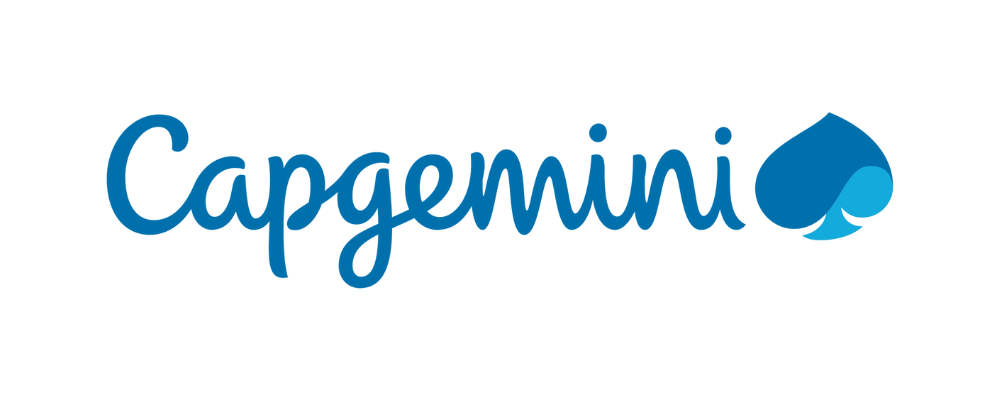When organizations sense an economic pinch, they instinctively resort to familiar cost-cutting measures: downsizing the workforce, squeezing assets, and deferring new investments. While these provide momentary relief, it is not sustainable in the long run. A market upturn could be just around the corner in an era where financial cycles quickly adapt to our ever-changing circumstances. The term “you can’t shrink to greatness” rings particularly true here. The pressing need to grow and expand soon eclipses any immediate cost relief. The task of rebuilding what you’ve lost can be daunting.
It’s time we considered an alternative approach: a more comprehensive cost optimization strategy. This strategy provides quick fiscal relief while preserving and enhancing future growth opportunities.
The proposed framework pivots around three fundamental dimensions:
- Operating Model: Focusing on optimal task performance and assigning the right people to ensure efficiency and effectiveness. Consider establishing a cost-efficient global IT supply chain centered on a strategic captive center.
- Modernization: Identifying the drag that certain assets, applications, and infrastructure impose on an organization’s ability to deliver value and exploring ways to modernize them. If your technical debt is so high that it’s inflating operational costs and impacting investment in new features, a modernization strategy based on domain-driven design, advanced AI automation, and cloud migration could be the solution.
- Waste Elimination: Pinpointing duplication and low-value tasks in the IT portfolio and rationalizing, automating, or eliminating them. Are there duplicate policy administration systems in your landscape that could be removed through rationalization?
Blending these various strategies into a comprehensive initiative program can create a cycle of continual savings. An example is a well-executed FINOPS initiative, which can generate initial savings that subsequently fund the commencement of a decommissioning factory, leading to significant savings by removing legacy and debt-ridden applications.
So, let’s shift the conversation from cost-cutting to cost optimization, a way to pave the path for future growth. Are you ready to rethink how you approach your costs? I’d love to hear your thoughts and start a dialogue that could redefine your financial strategy.
“Capgemini partners with companies to transform and manage their business by unlocking the value of technology.
As a leading strategic partner to companies around the world, we have leveraged technology to enable business transformation for more than 50 years. We address the entire breadth of business needs, from strategy and design to managing operations. To do this, we draw on deep industry expertise and a command of the fast-evolving fields of cloud, data artificial intelligence, connectivity, software, digital engineering, and platforms.”
Please visit the firm link to site



